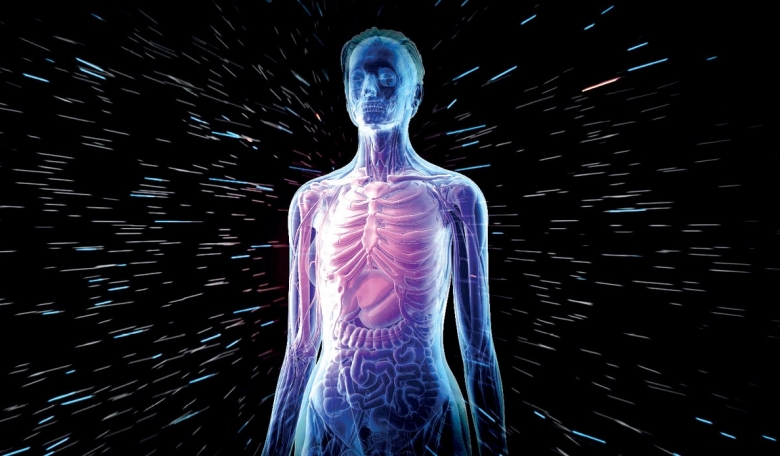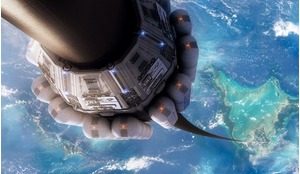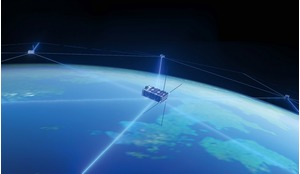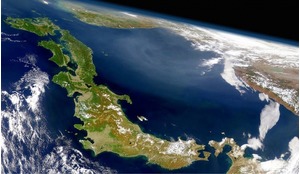Exposure to space radiation remains one of the greatest challenges for human space exploration beyond low Earth orbit (LEO) for long-duration missions to the Moon and Mars. The Matroshka AstroRad Radiation Experiment (MARE) will test newly developed personal protection equipment and close gaps in our understanding of the radiation field and its effects on crew beyond LEO. This article provides a detailed description of the MARE payload and its implications for enabling future human space exploration.
While astronauts on the International Space Station (ISS), at an altitude of about 400 km, are beyond the radiation protection of Earth’s atmosphere, they still enjoy the benefits provided by the magnetic field of Earth. But when astronauts venture beyond LEO towards the Moon, Mars, or other celestial bodies, they leave the protection of both Earth’s atmosphere and magnetosphere, thereby increasing their exposure to harmful space-borne radiation. Therefore, appropriate shielding and protective mechanisms are necessary in order to prevent acute exposures and reduce cumulative exposures to as low as reasonably achievable (ALARA). This need is amplified as missions get longer, especially when humans go to Mars in coming decades.
The next time a human-rated spacecraft departs LEO en route to the Moon, it will carry a payload specifically focused on protecting astronauts from space radiation. NASA’s uncrewed Orion Exploration Mission 1 (EM-1) flight around the Moon in 2019 will carry the MARE payload to expand upon previous research done on the ISS as part of the Matroshka project to study space radiation and its impact on the human body, and to increase the scope of testing novel personal radiation protection equipment - specifically, the AstroRad radiation protection garment. MARE also has the distinction of being the first experiment designed to assess the radiation dose deposition within the human body in the severe radiation environment beyond LEO.














